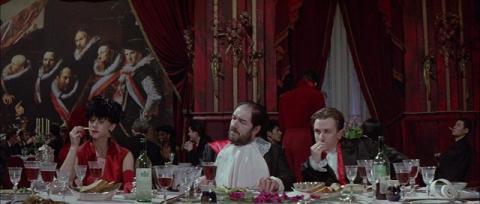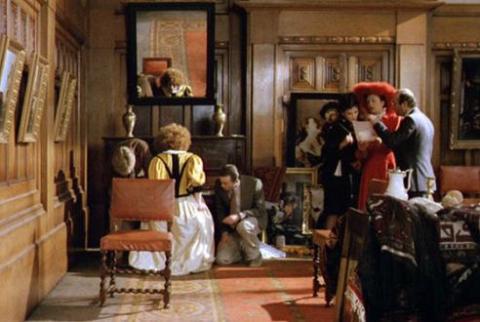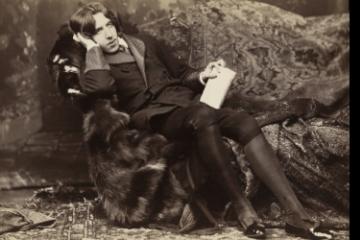Mary & Lea went to a Fallen Angels Dance session on 16th January.
Still Life's in Motion: The artistry of Peter Greenaway
Still Life's in Motion: The artistry of Peter Greenaway
15 Jul 2024
There are those who would describe Peter Greenaway’s artistry as shocking and provocative, often tackling taboo subjects with gratuitous nudity and sex. Thankfully, in this fascinating lecture, Benedict Morrison gave the audience at The Capitol in Horsham a more illuminating perspective on one of Britain’s most ambitious and controversial directors.
Trained as a painter, Greenaway’s films can be considered as a series of “Still Lifes”, with homage to the Dutch Masters of the Golden Age - Frans Hals and Vermeer both featured in the film clips shown. To understand Greenaway’s influence, we are invited to view right up close and decipher the hidden symbolisms in the still life paintings of the period: the broken goblet, the decaying fruit. Amidst the abundance and opulence is a message on the impermanence and chaos of life, a kind of “spectacular decay”. The underlying themes of Virtuosity, Vanitas and Symbolism of the Dutch paintings of this period were prompted by the greed, moral decay and decadence of a society that had been gorging on the spoils of empire, class and status.
Adopting these themes, Greenaway’s preoccupation is not about the narrative but a graphic and visual exposition on life’s excesses, conspicuous consumption in contemporary society. We are given an almost forensic examination of Greenaway’s films and decoded the recurring themes of life, death and decay, including a time lapse decaying crocodile from “A Zed and Two Noughts”. Frame by frame with a clip from “The Cook, The Thief, His Wife and Her Lover”, Morrison skilfully connects the imagery of the whole cinematic scene to the painting by Frans Hals of The Banquet of the officers of the St George Militia Company (1616) hanging in the background of the set. The colour red bleeds across this dining room scene. The waiting staff appear in the same scarlet uniform as the officers of the militia company. In front of the sumptuous dining table, gluttony and greed are in action beneath the veiled guise of democracy, signifying a “crisis in authority”. This, Morrison asserts, is Greenaway’s comment on Thatcherism of 1980s Britain where consumption, greed and philistinism rule the morals of the day.
Greenaway has been described by his critics as a “cultural omnivore who eats with his mouth open” and giving his audience “visual indigestion”. Despite the provocations and complications of Greenaway, the lecture was delivered with a clear map, absorbing analysis, as well as a good dose of humour to whet our appetite for Greenaway without the indigestion!
JOIN OUR MAILING LIST
Become an instant expert!
Find out more about the arts by becoming a Supporter of The Arts Society.
For just £20 a year you will receive invitations to exclusive member events and courses, special offers and concessions, our regular newsletter and our beautiful arts magazine, full of news, views, events and artist profiles.
FIND YOUR NEAREST SOCIETY
MORE FEATURES
A frosty morning in January did not deter members and visitors to the Horsham Arts Society’s first lecture of the yea
We regret that the visit to the Towner Gallery on 3 February (see December 2025 newsletter) is now sold out.







